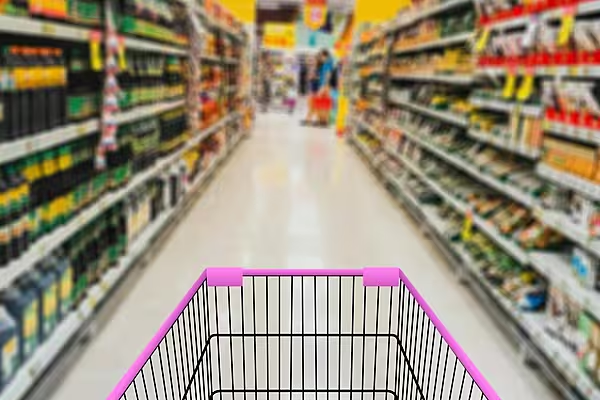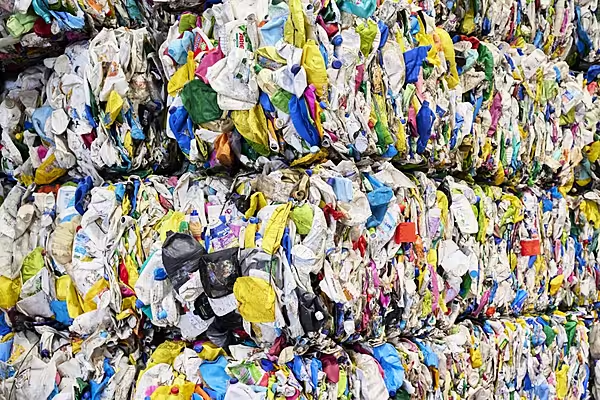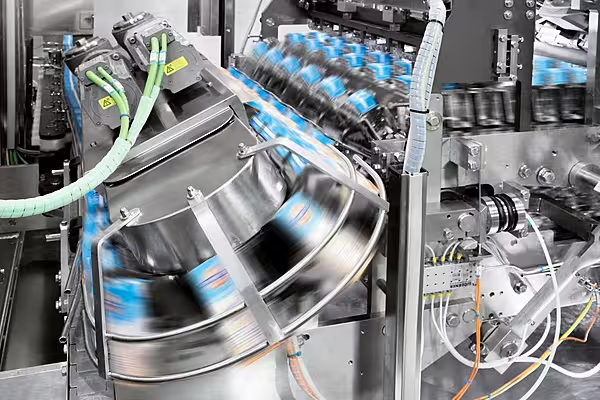It doesn't take a market expert to see that sustainability, recycling and responsible packaging will be major considerations for all industries in 2023, and not just the supermarket sector.
Sustainable packaging is no longer a marketing gimmick for big corporations or a minor consideration on a company's agenda.
As a new year begins, the modern consumer is increasingly demanding responsible and ethical business practices, and woe to any industry or corporation that doesn't take notice.
Image And The Bottom Line
Lack of a coherent ESG approach, for example, could affect not only a supermarket's image but also its profits, for example, a National Retail Federation study, noted that almost six in ten (57%) customers are willing to change their purchasing behaviour to help reduce negative environmental impact.
With this in mind, ESM examined research by Solidus Solutions to see what will be the key packaging design trends for 2023.
1. The Transition To Sustainable Packaging
With stricter regulations and higher consumer demand for less packaging and packaging waste, businesses will be under even more pressure to deliver on eco-friendly options and reduce carbon footprint.
In the EU, plastic packaging will need be recycled or reused by 2030, whilst two policy measures – the EU Single-Use Plastics Directive and Plastics Levy, will impart further considerations for packaging. The movement to sustainable solutions can be a major challenge for some businesses.
2. Customisation
The customisation of packaging has two primary elements. It personalises the brand through bespoke design and detail, helping the product sell itself, whilst keeping its content safe and secure.
In 2023, expect to see more personalised builds across sectors that have typically followed more traditional approaches to packaging.
3. Smart Packaging
There should be some new developments in the intelligent and 'packaging plus' space in 2023. As brands try to stay better connected to the consumer, smart packaging, with its role in linking the physical and digital world through e.g., QR codes and AI, will continue to flourish.
4. E-commerce
Cost will continue to be a strong element in how the industry develops and evolves in 2023. The packaging industry will need to be innovative and dynamic in this area. With this in mind, e-commerce will probably play a more dominant role across the industry, and businesses will need to optimise their packaging for omnichannel distribution.
5. Collaborations
The benefits of collaboration are obvious. Shared expertise and sector knowledge will go a long way in helping to face the many challenges that will come with over-hauling and modernising the industrial and consumer packaging industry.
Conclusion
The global industrial and consumer packaging industry is expected to be worth over $500 billion (€471 billion) by 2027, according to a study by Maximize Market Research.
The challenge for the supermarket industry will be how to put well-laid plans for sustainable packaging into practice.
The European Commission recently warned that without action, the EU would see a further 19% increase in packaging waste by 2030, and as much as a 46% increase in plastic packaging waste.
Dealing with this problem will be no easy task, and as mentioned previously, it will take cross-industry collaboration and innovation.
However, the supermarket industry is well positioned to take a leading role in this movement, provided it has the vision and motivation to do so.
Read More: 5 Ways To Create Attractive Product Packaging
© 2023 European Supermarket Magazine – your source for the latest retail news. Article by Robert McHugh. Click subscribe to sign up to ESM: European Supermarket Magazine.













